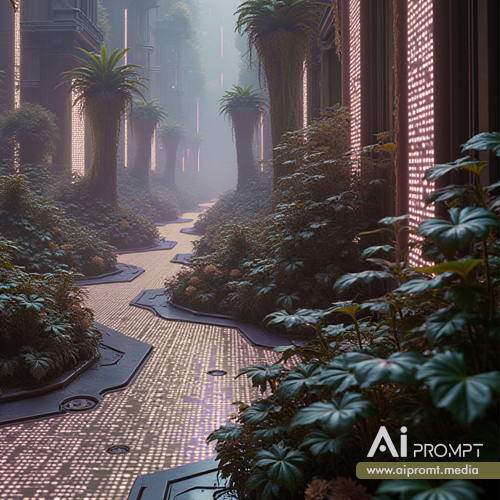Holographic gardens represent a revolutionary approach to agriculture, where plants grow in environments shaped by light and digital code. This method merges holography, vertical gardening, and hydroponics, creating a sustainable and efficient way to cultivate crops. In this article, we explore how these technologies converge to transform our understanding of gardening.
The Technology Behind Holography
Holography operates on the principles of wavefront recording and reconstruction. By using laser light, it captures interference patterns of reflected light, enabling the creation of three-dimensional images. As a result, farmers and researchers can visualize plant health by detecting subtle changes in light absorption and reflection. Consequently, they gain valuable insights to optimize growth conditions.
Moreover, holography can improve energy efficiency by concentrating light on photosensitive areas. This focus results in more efficient growth patterns and reduced energy waste. Furthermore, as digital horticulture advances, integrating holographic systems will allow real-time monitoring of plant health and growth. Ultimately, this innovation fosters sustainable farming practices.
Vertical Gardens: Redefining Urban Farming
Vertical gardens, often called living walls, provide a groundbreaking solution to limited space in urban areas. They include modular green walls, hydroponic facades, and stacked planters. In addition to maximizing biodiversity, they also improve air quality and thermal insulation.
When combined with holography, vertical gardens become even more powerful. Enhanced light distribution and environmental monitoring boost productivity in small spaces. Additionally, these systems help reduce the urban heat island effect while contributing to local food production. Thus, they offer both environmental and social benefits.
Growing in Code: Hydroponics and Smart Cultivation
Hydroponics eliminates the need for soil by delivering nutrients through water-based systems. This approach already enhances sustainability by saving space and reducing resource use. However, when integrated with holography, hydroponics reaches new levels of efficiency. Real-time monitoring ensures healthier crops, higher yields, and reduced waste.
Several pioneering projects demonstrate the success of this fusion. They showcase how digital technologies and sustainable techniques can work hand in hand to reshape agriculture. In addition, they highlight the potential for future scalability in both urban and rural settings.
The Future of Holographic Gardens
Taken together, holography, vertical gardening, and hydroponics point toward a sustainable and innovative future for agriculture. These technologies not only increase productivity but also promote environmental balance. As urban areas continue to expand, holographic gardens may become essential for food security and ecological resilience.

